Butterfly Bandage: The What and How of Butterfly Stitches
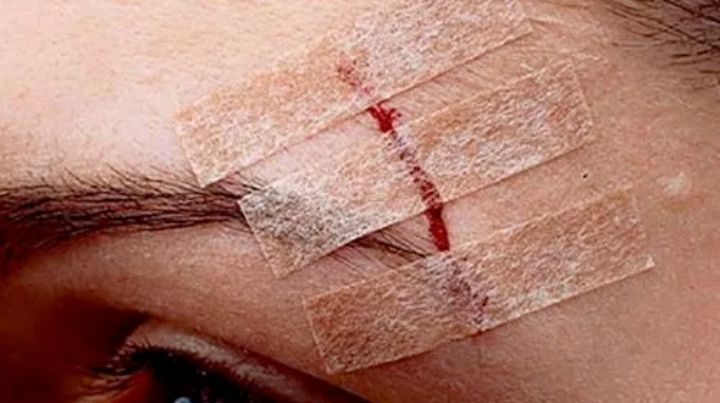
We all get cuts from time to time, and while not all cuts require sutures, some wounds require more than a band-aid, and that's where butterfly stitches play a role.
Butterly bandages are a type of adhesive bandage that is used to close and secure lacerations. They are less invasive than traditional stitches and provide an easy, effective, and fantastic way for those who know what they're doing at this level of emergency medicine to treat minor wounds and stay healthy.
Here are the steps you need to know to use steri-strips when performing family medicine on your loved ones.
1. What Are Butterfly Bandages
Butterfly bandages, also known as butterfly stitches, butterfly band-aids, or Steri-Strips, are thin adhesive bandages that have a non-sticky side and a sticky side and are used to close small and shallow lacerations.
When correctly used, butterfly bandages provide an excellent alternative to more invasive suturing and stapling treatment options.
Warning: Using butterfly stitches to treat cuts that are large, have jagged edges, or are actively bleeding is NOT recommended. Similarly, using a butterfly bandage on areas that move, such as hairy or damp joints, may cause the butterfly bandage not to adhere correctly and fall off.
2. When to Use a Butterfly Stitch
Before applying the bandage, caregivers must perform a wound assessment to determine if a butterfly bandage is the right emergency medicine tool for your laceration.
As with all medical procedures, be sure to use an aseptic technique while following effective Body Substance Isolation (BSI) protocols.
Butterfly Bandage Wound Assessment:
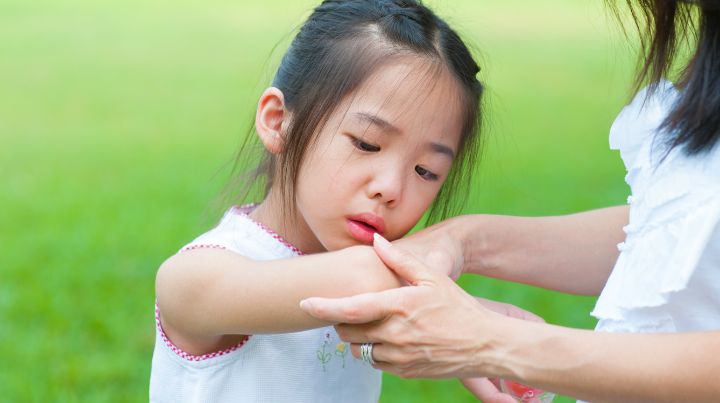
Bleeding
Butterfly bandages lose effectiveness when applied to damp or bloody surfaces. Therefore, ensure the wound's surface area is dry and debris-free.
If the wound is actively bleeding, attempt to slow the blood flow by applying pressure using a sterile bandage or sterile, clean cloth for five minutes. Do NOT use a butterfly bandage if the cut continues bleeding after five minutes of direct pressure.
Wound Size
Steri-Strips are not effective on large cuts. Therefore they should only be considered for shallow wounds less than 1/2″ (1.25cm) long.
Laceration Edges
Butterfly bandages are designed to hold straight, non-jagged wound edges together. Butterfly stitches are not intended for lacerations with ragged, torn, and irregular edges.
If the cut continues to bleed, is too large and deep, or has irregular wound edges, do NOT use butterfly stitches. Instead, seek a higher level of emergency medical care or a more applicable treatment method.
3. How to Use a Butterfly Bandage
Step 1: Personal Protection
As with all emergency medicine, always ensure that the situation is safe for you and that you take proper precautions to protect yourself from infectious diseases, etc.
Step 2: Aseptic Technique
If you haven't already cleaned your hands in Step 1, use warm water and soap and vigorously scrub your hands for two minutes to ensure you do not introduce any contaminants and infection into the wound.
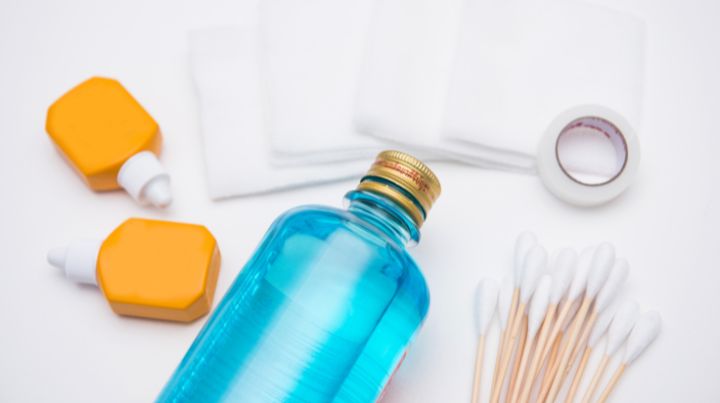
Once your hands are clean, gently and thoroughly remove all dirt and debris in and around the cut. Use cool water and a gentle soap to cleanse and rinse the wound of harmful bacteria.
Step 3: Close the Wound
Gently push the two sides of the wound together. Once together, holding the two sides of the laceration together.
Step 4: Apply One Side of the Butterfly Bandage
Start applying the steri-strip by sticking one end of the adhesive tape, non-sticky side up, to one side of the closed cut.
Step 5: Apply the Second Side of the Butterfly Bandage
With the first end of the butterfly stitch secure, pull it across the wound and secure the sticky end tightly on the other side of the wound, holding the two edges together.
Step 6: Apply More Than One Bandage if Needed
If more than one bandage is needed, repeat the process by applying the adhesive tape every 1/8th of an inch (1/3 cm) along the wound, fastening each sticky end tightly—until the cut is properly closed.
Step 7: Reinforce the Steri Strips
With both sides of the wound closed together and secured, proper care requires you to consider reinforcing the bandages to provide additional emergency medicine security to the injury.
To reinforce the individual adhesive sections of your butterfly stitches, take one steri strip that is about half an inch longer than the wound, and secure it on its half lengthwise over the other strips providing additional security to the wound. With the first side secured, repeat the process by adding another strip to the other half lengthwise along the stips.
4. Wound Care After Applying Butterly Bandages
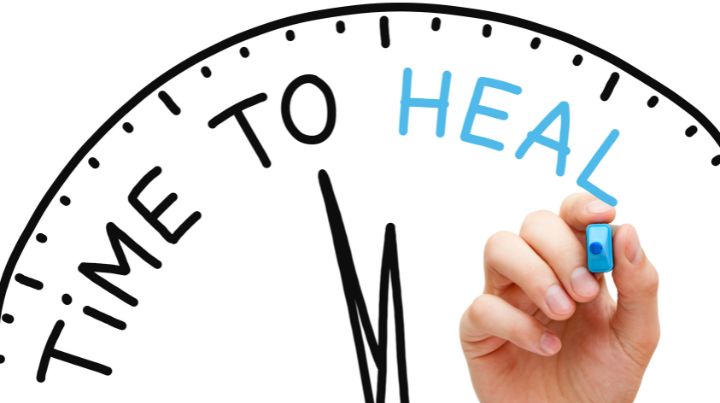
Once you've successfully treated the wound and secured the steri-strips in place, it's time to focus on aftercare, which includes daily inspection for:
- Redness and swelling around the wound.
- The wound becomes hot or painful to the touch.
- Pus or foul smells are coming from the cut.
If any of these signs/symptoms are present, do not hesitate to seek higher level care.
Butterfly Bandage Care Tips
- Keep clean
- Keep the area dry for 48 hours
5. How Long to Keep Butterfly Stitches On
Most cuts treatable with butterfly stitches will heal in about 12 days. As discussed above, keep the wound clean and dry for 48 hours. Once two days have passed, the wound should be able to be gently washed and cleaned when showering. Avoid soaking or pro-longed submersion, as the bandages may come loose. If the wound does get wet, gently pat it dry with a clean towel or wipe it.
6. Butterly Bandage Changing and Removal
At some point, removing or changing the bandage may become necessary. Follow this simple process when that happens.
When it's time to remove or change the butterfly bandage, create a solution of half sterile water and half hydrogen peroxide. Then, gently soak the butterfly stitches in your water-hydrogen peroxide. As you do, the solution will soften the adhesive, releasing itself from the skin with a gentle pull.
Note: You may find that a butterfly bandage begins to lift off over time. As this happens, trim, do not pull the loose end off. Pulling the bandage may cause the wound to open.
7. Infection
If at any time you feel the wound is not healing correctly or is beyond your capability to successfully manage, seek higher level medical care and resources. There is no shame in getting additional emergency medicine to ensure you and yours stay healthy, well, and ready to go!
The Bottom Line on Butterfly Bandages
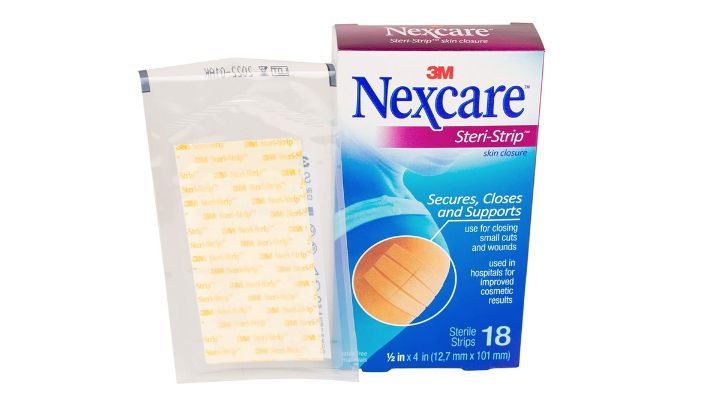
Butterfly stitches provide an excellent in-home emergency medicine option for dealing with minor cuts for you, your family medicine provider. As your family's caregiver, steri-strips offer an excellent option for more invasive techniques such as sutures and staples.
While there are many options available when it comes to butterfly bandages, this Steri-Strip option by 3M provides an excellent, low-cost addition to your family medicine cabinet and first-aid kit.
Have you used butterfly stitches? If so, let us know your thoughts and experiences in the comments below.
Additional Resources:
- What to Keep in Your Trauma Medical Kit
- What's In YOUR Emergency Essentials Car Kit?
- 7 Best Trauma Shears for EMTs & Nurses (2022)
- Prepper Medical Supplies: OTC Meds
Stay safe,

Related Articles
FREE Guide
Read the Best Seller
Join Mind4Survival
Stay informed by joining the Mind4Survival! 100% Secure! 0% Spam!
Affiliate Disclosure...
Mind4Survival is a free, reader-supported information resource. If you make a purchase through our link, we may, at no cost to you, receive an affiliate commission.
Do You Want To Be Ready No Matter What?

Download our free 39-page guide with interactive, 7-Day Emergency Kit Checklist and take the first step toward real preparedness.
- Know exactly where to start.
- Save time and money.
- How-to build a complete Basic Emergency Kit.
- Level up your safety and security.
Join Mind4Survival
Stay informed by joining the Mind4Survival! 100% Secure! 0% Spam!






Adding a thin line of superglue to the cut line is also helpful to keep the butterfly’s in place, and seal the wound somewhat better. (Hospitals often do exactly that, with a medical grade glue)